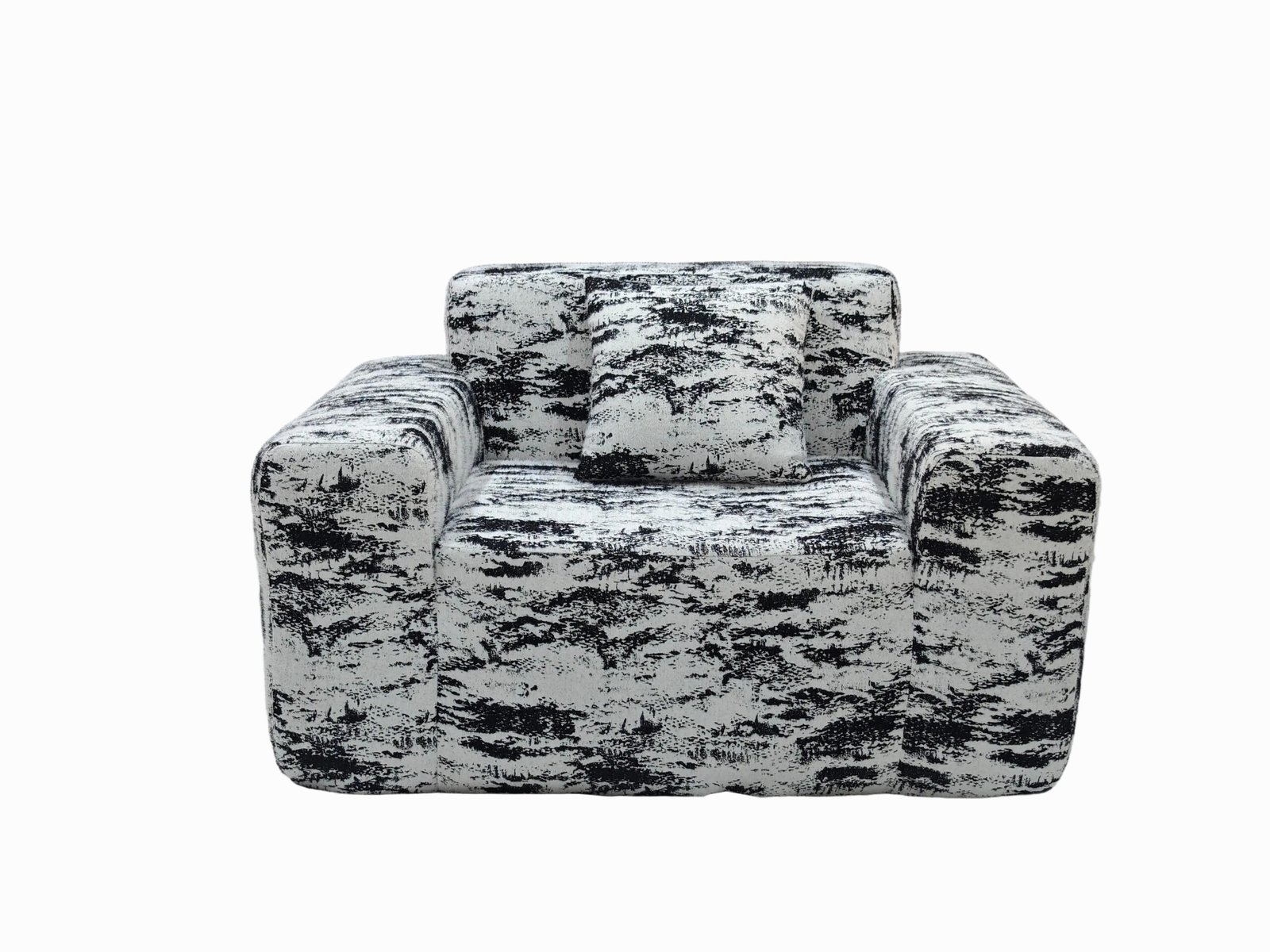
Traditional sofas look good—but they’re hard to ship, expensive to store, and slow to deliver. That’s the problem. Compressed sofas fix all that.
The key difference between compressed sofa suppliers and traditional sofa manufacturers lies in design, packaging, logistics, and customer experience—compressed models prioritize space efficiency and cost savings, while traditional ones focus on craftsmanship and luxury.
Understanding the pros and cons of each helps you choose the right partner for your business model.
How is the manufacturing process different?
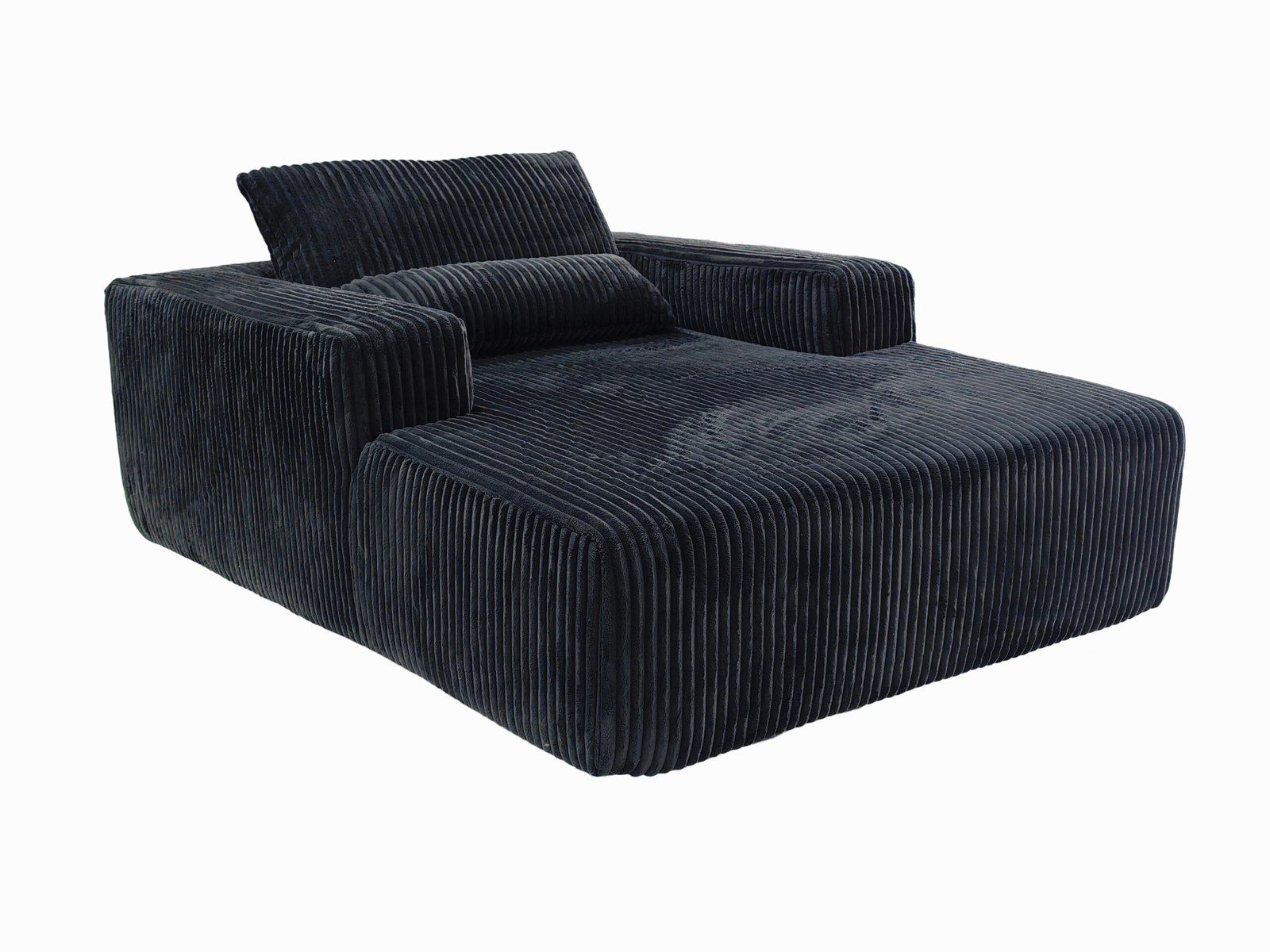
Hand-crafted frames and thick upholstery take time—and space. That’s how traditional sofas are made. But compressed sofas are built with a different goal.
Compressed sofa suppliers use modular frames, compressible foam, and automated vacuum sealing to shrink the product for transit. Traditional manufacturers focus on fixed shapes, hardwood frames, and permanent upholstery.
I’ve toured both types of factories. Compressed sofa lines look more like mattress assembly lines—fast, clean, and optimized for packaging.
Side-by-Side Comparison of Manufacturing Approach
| Feature | Compressed Sofa | Traditional Sofa |
|---|---|---|
| Frame type | Knock-down, modular | Fixed, solid wood |
| Foam | High-resilience, compressible | Multi-layered, firm |
| Fabric | Wrinkle-resistant, pre-stretched | High-touch upholstery |
| Assembly | Done by end-user | Factory finished |
| Lead time | 7–15 days | 30–60 days |
Compressed sofa suppliers prioritize efficiency and consistency. Traditional manufacturers focus on detail and heritage techniques.
What kind of designs can each offer?
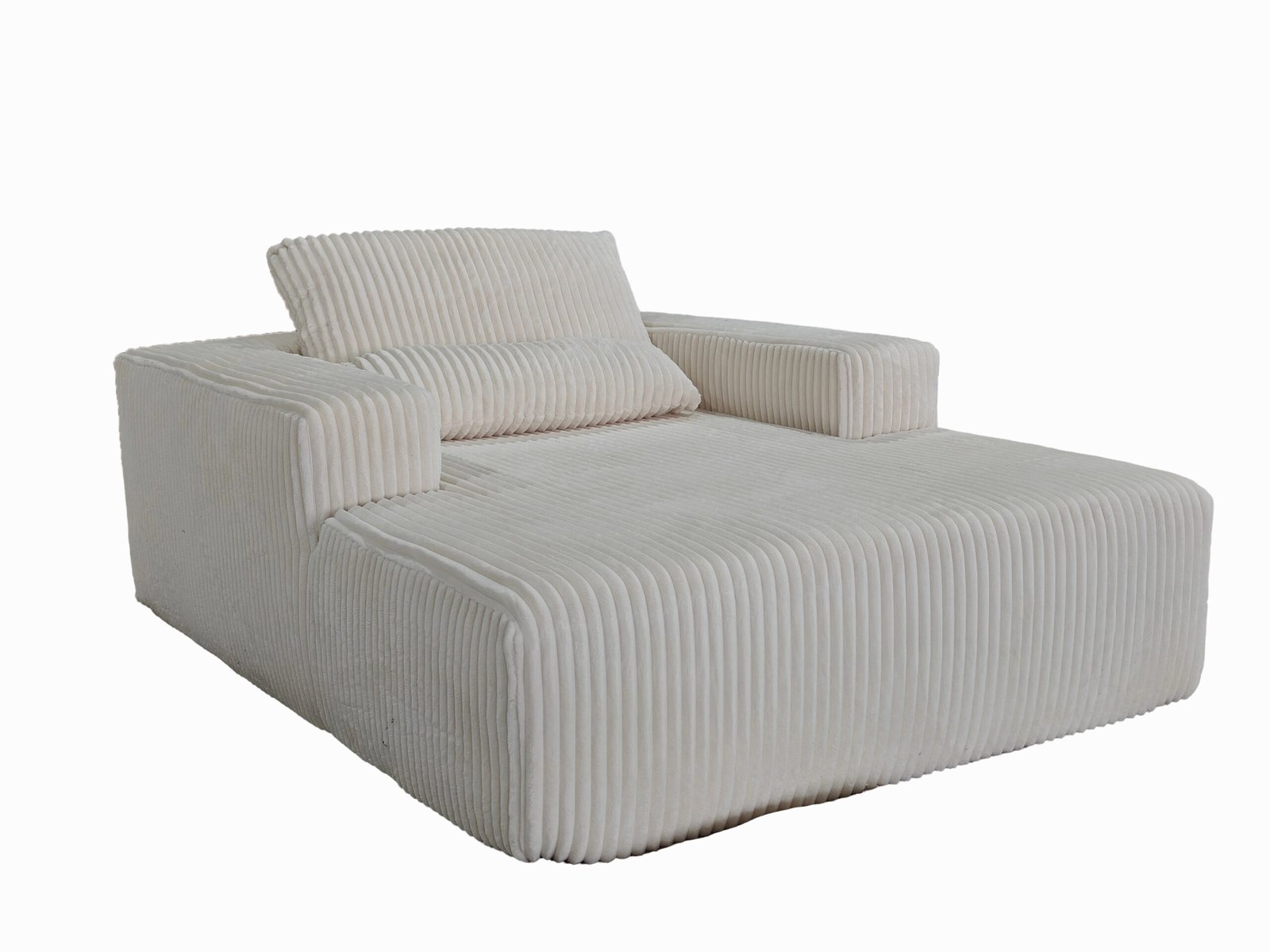
Some buyers want stylish, simple furniture that ships fast. Others want hand-stitched detail and heirloom quality. That’s the design trade-off.
Compressed sofa suppliers offer modern, minimal designs focused on modularity and shipping. Traditional manufacturers offer rich design options, including vintage styles, ornate detailing, and deep customization.
At HSM, we focus on designs that look clean and recover quickly after decompression. But we also keep tweaking the styling—because aesthetics still matter.
Design Capabilities Overview
| Design Factor | Compressed Sofa | Traditional Sofa |
|---|---|---|
| Modular configurations | ✅ Excellent | ❌ Limited |
| Classic aesthetics | ⚠️ Minimal | ✅ Strong |
| Intricate tailoring | ❌ Not feasible | ✅ Yes |
| Trend response speed | ✅ Fast | ⚠️ Slower |
| Color & fabric options | ✅ Wide | ✅ Wide |
If your customers value fast trends, go compressed. If they want heirloom-level styling, traditional may be better.
Which one is better for shipping and storage?

Shipping full-size sofas is a headache. They’re big, heavy, and fragile. That’s where compressed sofas shine.
Compressed sofas reduce volume by up to 70% using vacuum sealing and box packaging—making them ideal for e-commerce, overseas distribution, and space-constrained warehouses.
I once fit 70 compressed sofas in a 40HQ container. With traditional ones? We were lucky to get 25 in the same space.
Shipping & Storage Comparison
| Metric | Compressed Sofa | Traditional Sofa |
|---|---|---|
| Volume per unit | 0.6–0.8m³ | 2.0–2.5m³ |
| Container capacity (40HQ) | 60–80 units | 20–30 units |
| Warehouse stacking | ✅ Boxed | ❌ Bulky |
| Last-mile delivery | ✅ Courier-ready | ❌ Requires freight |
| Return handling | ✅ Easy | ❌ Complicated |
The more you ship, the more you save with compressed models.
How do costs compare?

Traditional sofas have higher material and labor costs. That’s why they cost more to make, store, and ship. Compressed sofas change the cost structure.
Compressed sofas cost less to produce, package, and deliver—making them ideal for value-driven markets and fast-scaling brands. Traditional sofas carry a premium for craftsmanship and materials.
Our average FOB price for a 3-seater compressed sofa is $110–$180. Traditional versions with the same specs can cost $250–$400 wholesale.
Cost Breakdown (Estimated for 3-Seater)
| Cost Type | Compressed | Traditional |
|---|---|---|
| Production | $120 | $280 |
| Shipping (40HQ) | $30–$50/unit | $80–$120/unit |
| Storage (per month) | Low | High |
| Retail markup | Medium | High |
Compressed sofas make sense for DTC and marketplace sellers. Traditional sofas fit better in premium showrooms or boutique retailers.
What about quality and durability?
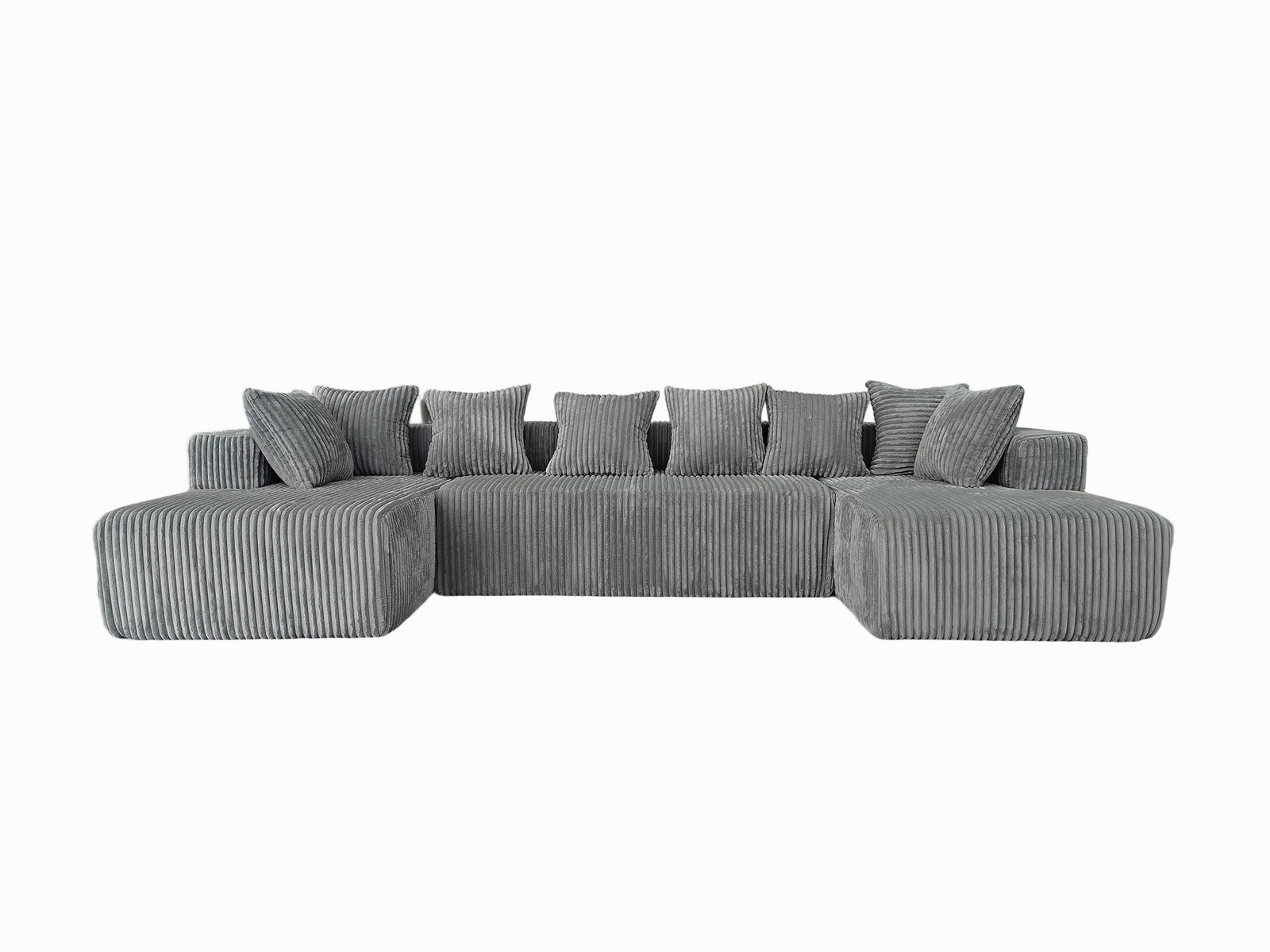
Compression raises doubts: Will the sofa bounce back? Will it last? The answer depends on how it's made.
Top compressed sofa suppliers use high-density foam, reinforced frames, and recovery-tested designs to ensure long-lasting quality. Traditional sofas still win in craftsmanship and heavy-duty materials.
We’ve tested our models for 20,000 sits and multi-cycle compressions. They hold up well—but they’re not meant to outlast a hand-carved oak frame.
Quality & Durability Scorecard
| Factor | Compressed Sofa | Traditional Sofa |
|---|---|---|
| Frame durability | ✅ Good | ✅ Excellent |
| Cushion resilience | ✅ High | ✅ High |
| Fabric longevity | ✅ Strong | ✅ Strong |
| Long-term shape retention | ⚠️ Needs testing | ✅ Proven |
| Maintenance ease | ✅ Easy | ⚠️ Can be harder |
For 3–5 years of normal household use, compressed sofas perform well. For 10+ year lifespans, traditional options are still king.
Which is more eco-friendly?
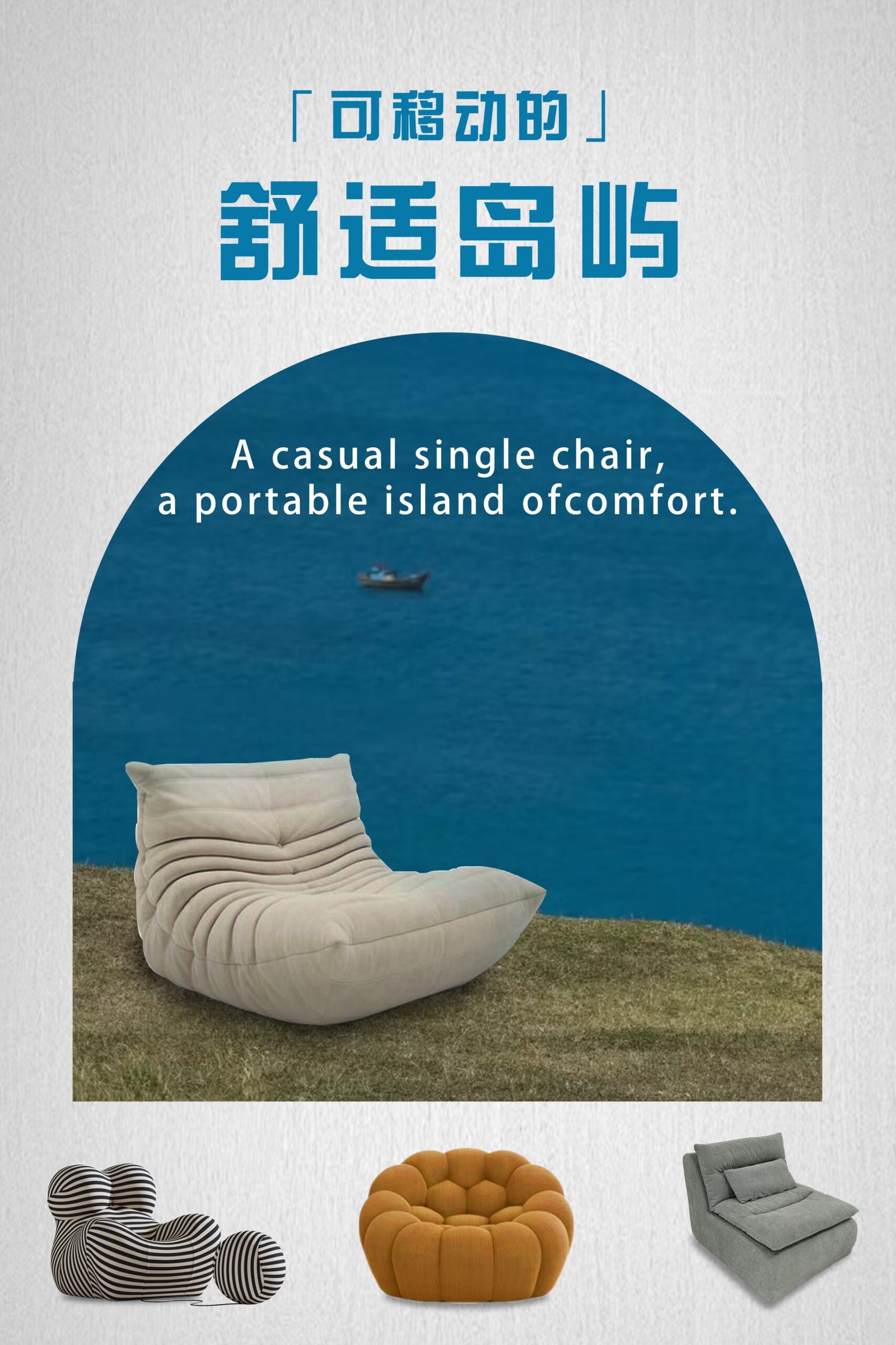
Sustainability matters more each year. Shipping less air helps. So does using recyclable materials.
Compressed sofas reduce carbon footprint during transit by using smaller packages and fewer containers. Many suppliers now offer recycled fabrics and foam.
Traditional sofas can also be sustainable—but bulky transport and complex materials make it harder to optimize.
Environmental Impact Factors
| Element | Compressed Sofa | Traditional Sofa |
|---|---|---|
| Emissions per unit (shipping) | ✅ Low | ❌ High |
| Recycled materials usage | ✅ Growing | ⚠️ Varies |
| Packaging waste | ✅ Boxed & optimized | ⚠️ Often excessive |
| Disassembly & disposal | ✅ Easy | ❌ Difficult |
If sustainability is key to your brand, compressed sofas give you more control over emissions and materials.
Conclusion
Compressed sofa suppliers bring efficiency, lower costs, and logistics-friendly designs. Traditional manufacturers offer deep customization and premium quality. The best choice depends on your business goals.